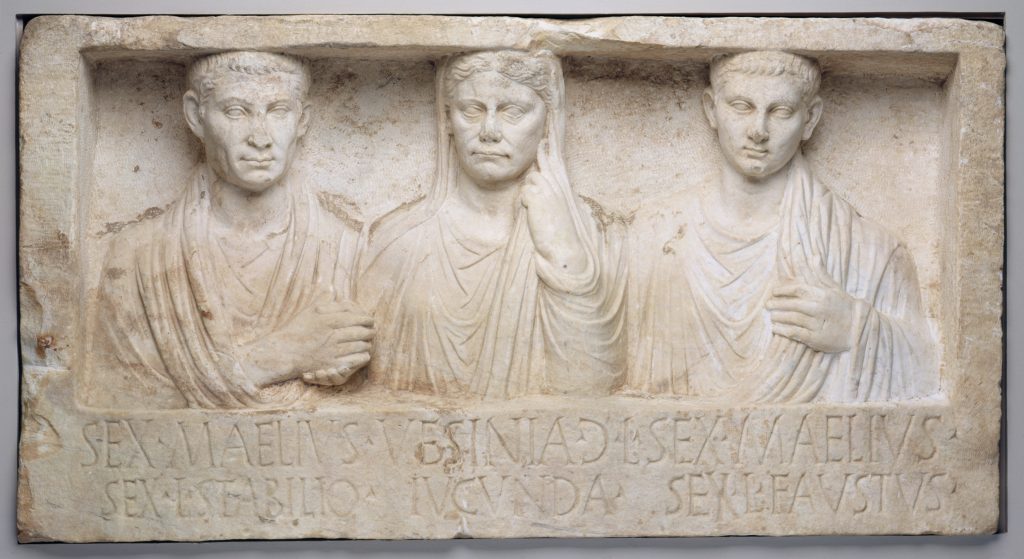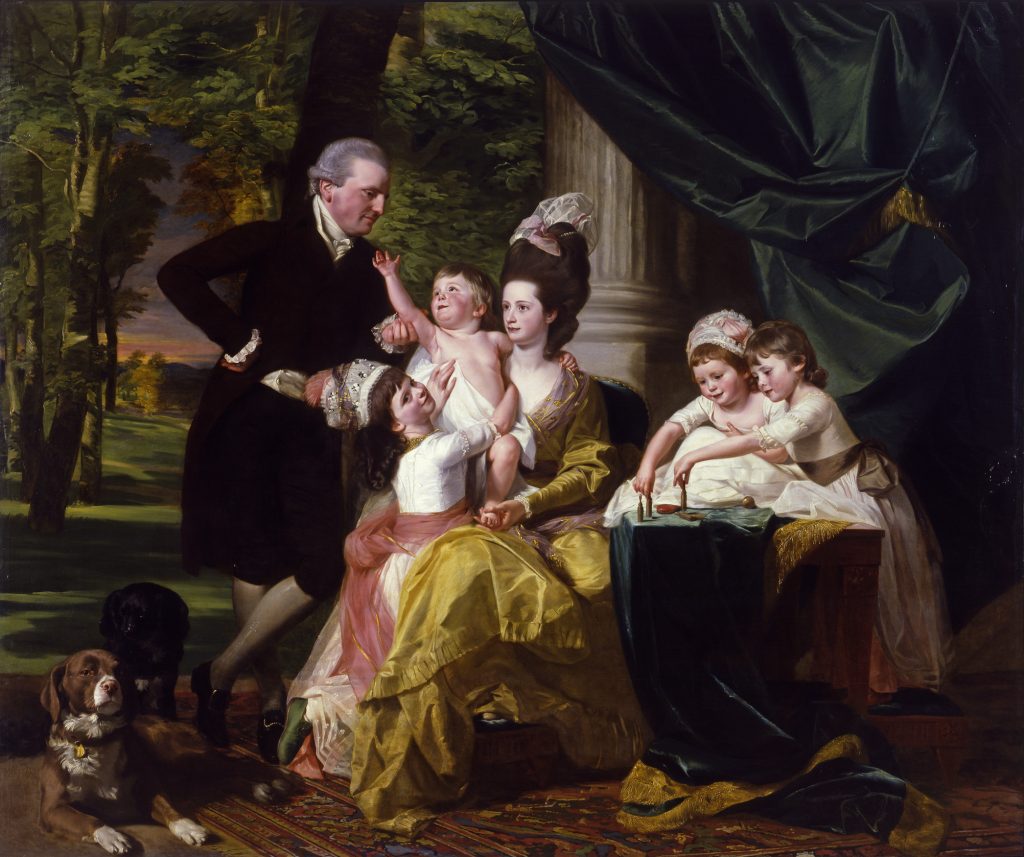John Singleton Copley (artist)
John Singleton Copley started out painting portraits of wealthy people in...
view artist
Funerary Monument for Sextus Maelius Stabilio, Vesinia Iucunda, and Sextus Maelius Faustus, by Unknown Roman Artist

Sir William Pepperrell (1746-1816) and His Family, by John Singleton Copley